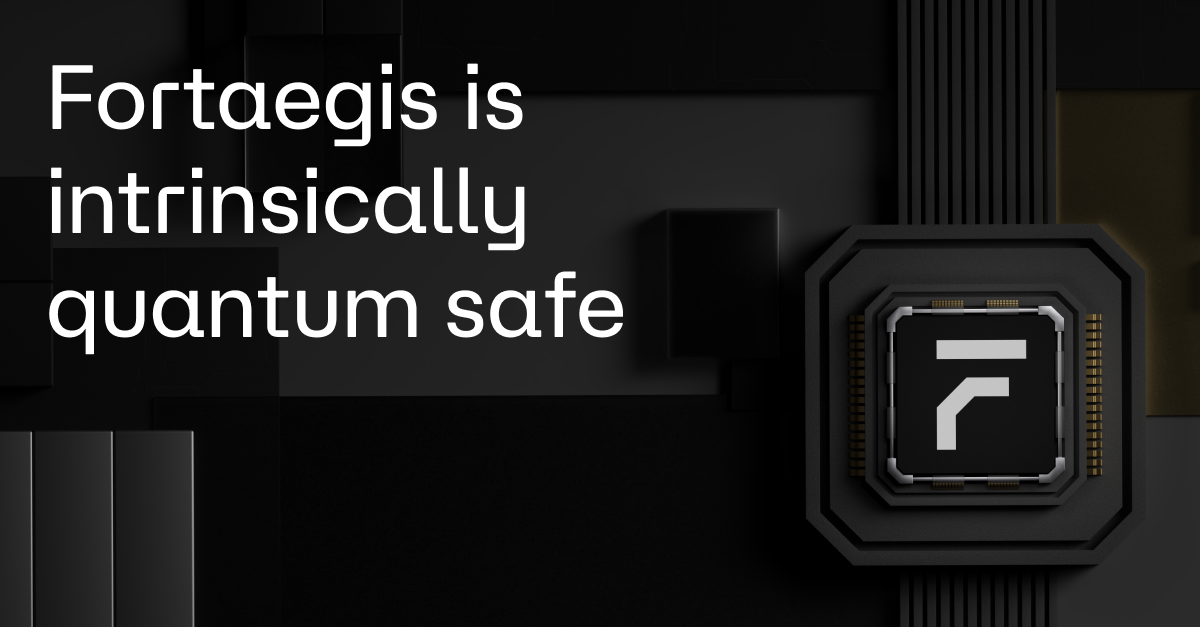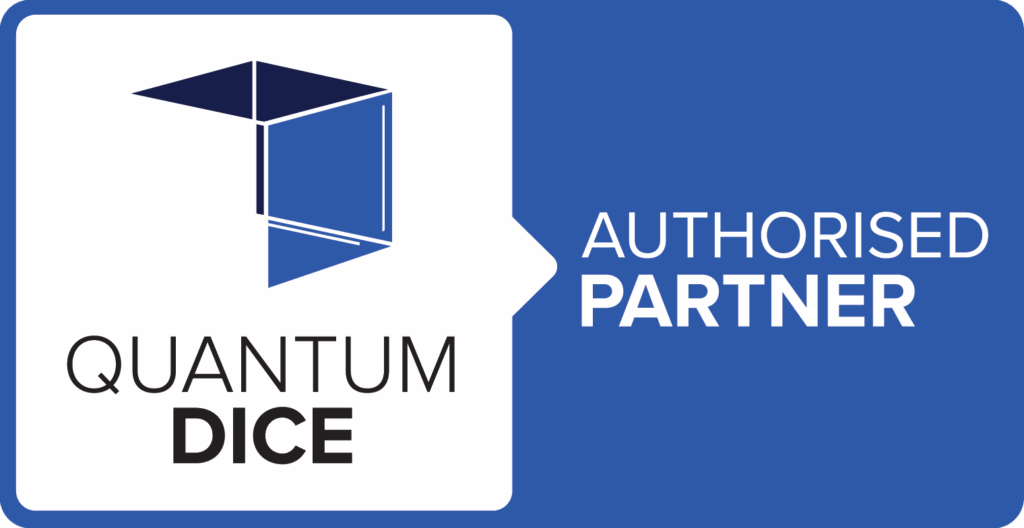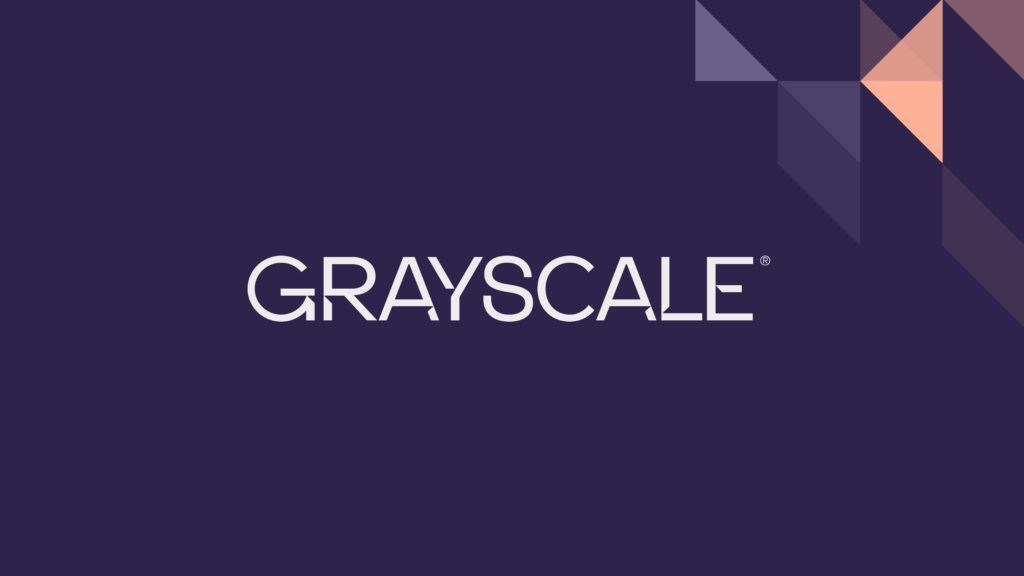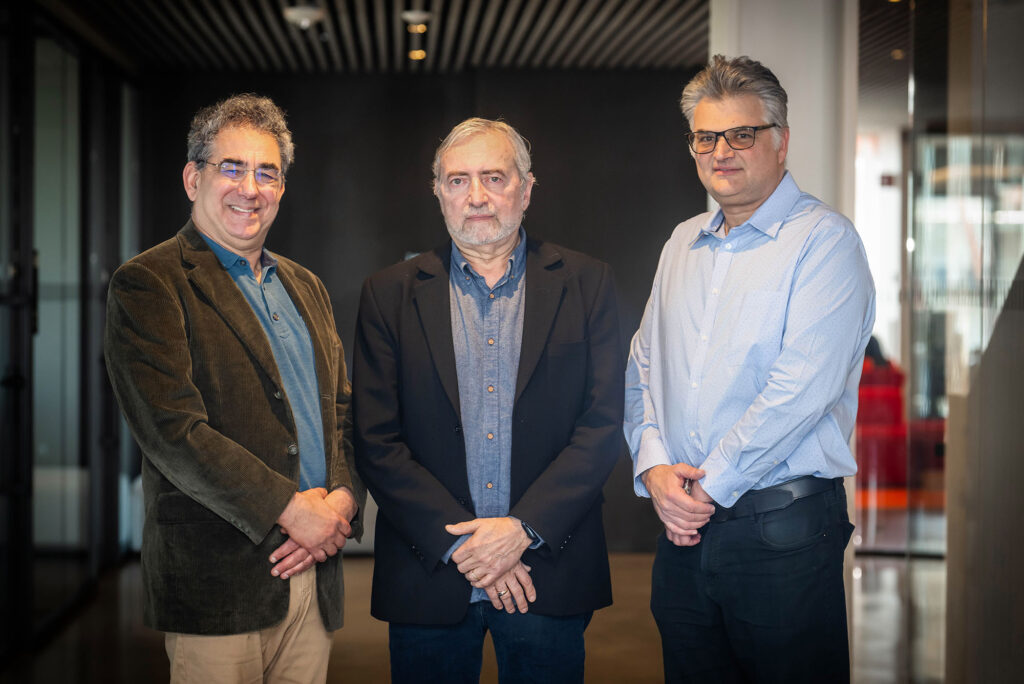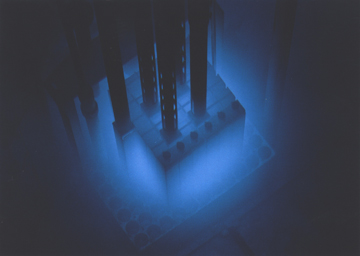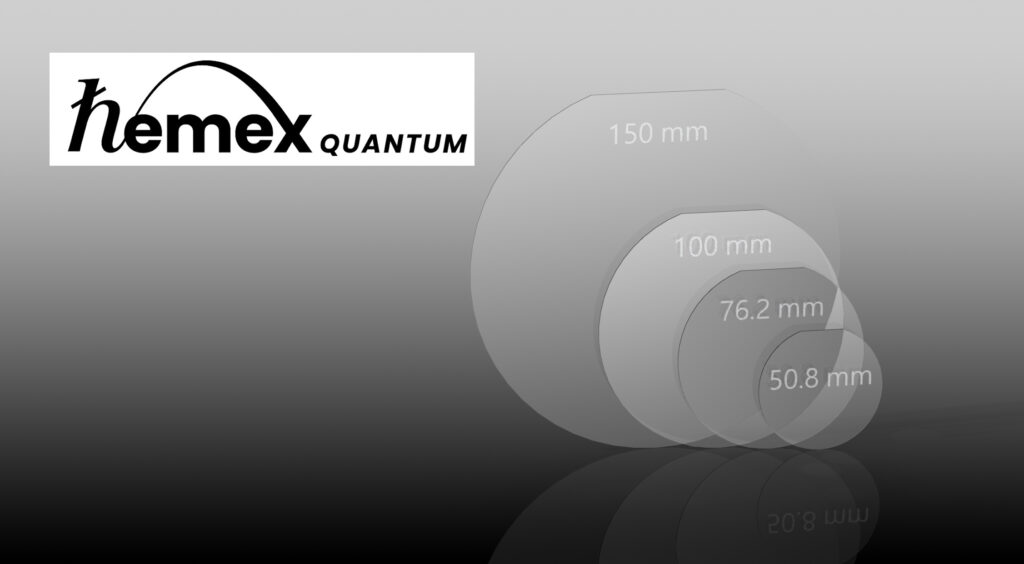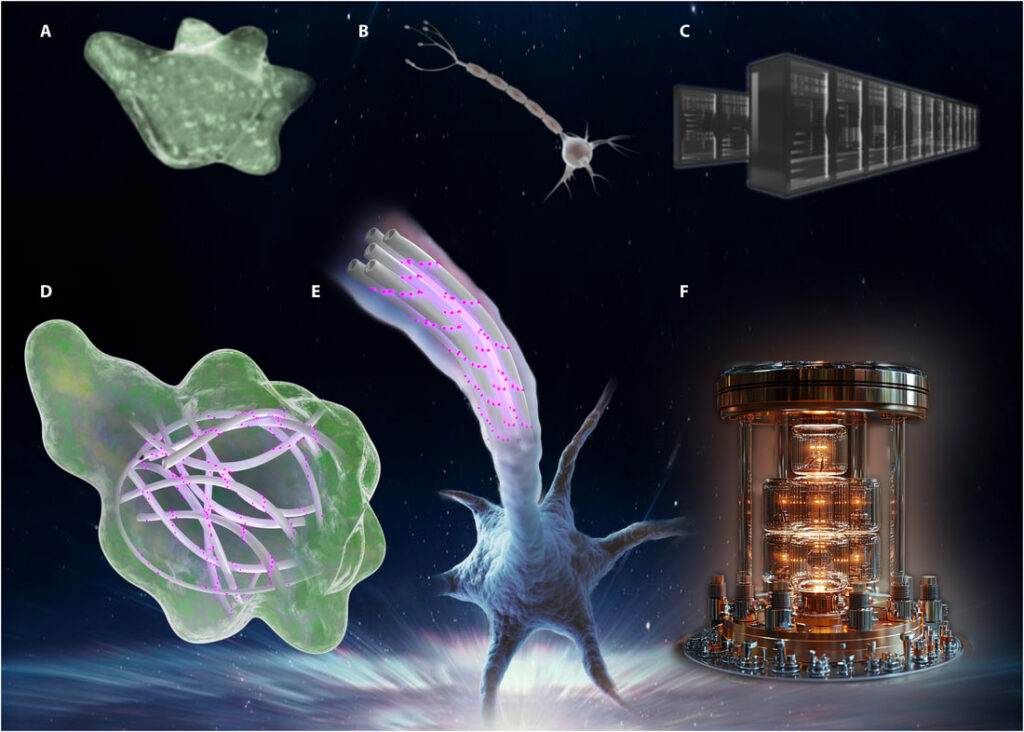Insider Brief
- Fortaegis has developed a chip-based cybersecurity platform that leverages the physical uniqueness of silicon to deliver ultra-secure, high-performance computing and networking infrastructure designed to defend against both today’s cyber threats and tomorrow’s quantum computing challenges.
- The technology offers a scalable, quantum-safe alternative to both computationally intensive post-quantum cryptographic (PQC) algorithms and the infrastructure-heavy, non-scalable quantum key distribution (QKD) systems. It does so by using cryptographic protocols rooted in unique, unclonable hardware fingerprints.
- Fortaegis plans to retrofit existing legacy systems and launch its first products in 2025, positioning its platform as a high-performance, ultra-secure, and scalable solution for defense applications, autonomous vehicles, and quantum-resilient networking.
The cybersecurity threat of quantum computers in the future often disguises the fact that there is a need for better cybersecurity methods right now.
Fortaegis, a semiconductor firm with roots in the Dutch research ecosystem, has developed a chip-based system that makes communications not just significantly faster and more secure based on their tests, but also resistant to quantum attacks when the time arrives. This added speed and protection is achieved without relying on the complex, computation-heavy mathematical operations that dominate current quantum safety approaches.
In an interview, members of the team explained that they are building hardware that uses the inherent physical randomness in silicon chips to secure communication systems against both today’s cyber threats and tomorrow’s quantum computers. The company argues its technology avoids the pitfalls of both post-quantum cryptography (PQC) and quantum key distribution (QKD), offering a third pillar that complements—or could even replace—existing methods in some cases.

Historically, there has always been a trade-off between performance and security. According to Fortaegis Technologies founder Boudewijn Wijnands, the company has achieved a breakthrough: its hardware technology is not only ultra-secure but also encompasses high performance, automated networking, data management, and security operations, while protecting critical assets from both cyber and physical attacks. Fortaegis claims to have eliminated the need to choose between security and performance.
Perfect Imperfections
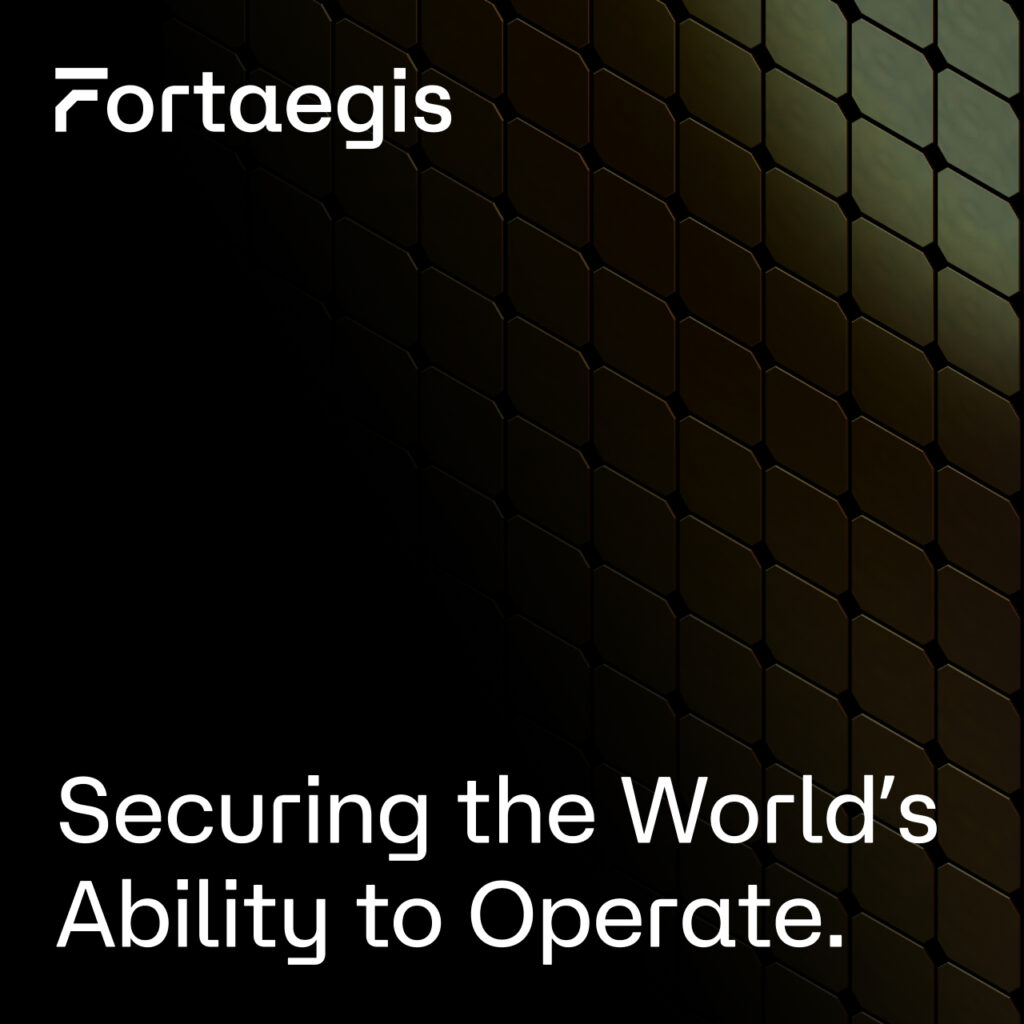
There are naturally occurring variations—even in high-precision semiconductor fabrication—that form what can be described as a digital fingerprint. Known in engineering as physical unclonable functions (PUFs), these fingerprints are inherently unpredictable and impossible to replicate. Fortaegis engineers have made PUFs the foundation of their approach, building a secure computing stack that integrates hardware, software, and networking—all rooted in this unique physical identity.
Wijnands and his team found a way to use those fingerprints to generate cryptographic keys, bypassing traditional methods of device authentication and key generation. This is done without provisioning or exposing the keys, thus creating a true zero-trust mechanism. As a result, various security and network operations can be performed more efficiently and securely. This approach also avoids some of the key roadblocks in modern cybersecurity, such as the reliance on and management of digital certificates.
Certificates are digital credentials used to verify the identity of devices or entities in a network, typically involving the exchange of public keys and authentication information. Wijnands noted that sending and maintaining certificates across systems impacts performance and scalability—especially for collaborative AI applications. Because Fortaegis relies on the intrinsic properties of the silicon itself, it eliminates the need for certificates. The result, according to Fortaegis, is authentication that is up to 100 times faster than traditional methods.
That speed could be existentially important. In drone operations, for example, the difference of milliseconds can determine whether a drone continues its mission or is neutralized. In some cases, it can be a matter of life or death.
A Third Path Beyond PQC and QKD
Unlike post-quantum cryptography, which relies on mathematically intensive algorithms that tax devices and consume energy, Fortaegis’s method is more nimble. Unlike quantum key distribution, which requires delicate optical hardware and controlled environments, Fortaegis’s technology runs on standard silicon with no need for lasers.
Chip engineer Rahul Vyas pointed out two major problems with quantum key distribution: the need for heavy, unscalable instruments and the lack of reliable device authentication. Current QKD systems cannot guarantee that the recipient device is who it claims to be. Fortaegis addresses this challenge by using PUF-based protocols to authenticate devices before any quantum key is exchanged.
This claim has been tested in collaboration with the Dutch national research institute TNO, which ran a QKD experiment using Fortaegis’s hardware as the classical networking backbone. Fortaegis says it has also drawn interest from quantum research groups in the U.S., Denmark, and Japan, and that the system could serve as a bridge between classical and quantum communication networks.
“We’re not replacing QKD,” Wijnands said. “But even within the QKD world, our technology is still needed for the validation and authentication process.”
A Stand-Alone System with Dual-Use Potential
Fortaegis’s chip also acts as a stand-alone system. The team developed a proprietary protocol that allows two chips to exchange a symmetric key using only their PUF fingerprints—no RSA, ECC, or certificates required. Vyas said this approach is less costly in terms of computation and power than PQC and more scalable than QKD for a wide variety of applications.
The company sees broad potential for its technology, especially in dual-use applications where both security and speed are essential. This includes everything from battlefield drones to autonomous vehicles.
“If you imagine a world where every device is going to be connected—from self-driving cars to factory machinery—you can easily see the risks,” Wijnands said.
Retrofitting, Not Replacing
Rather than replace existing infrastructure, Fortaegis wants to retrofit it. Wijnands pointed out that it’s unrealistic to expect the world to abandon the trillions of dollars already invested in infrastructure. Ideally, he said, you should be able to take a 20-year-old pickup truck and add an AI model to make it function like a modern autonomous vehicle.
Fortaegis is planning its first product launches for late 2025 and early 2026, starting with field-programmable gate arrays (FPGAs) aimed at secure networking in defense and semiconductor applications. FPGAs are reprogrammable computer chips that engineers can customize to speed up data processing or manage machine operations. By 2028, the company aims to release a custom high-performance chip built on advanced 5nm technology.
The company has reportedly engaged with military and national security agencies in the U.S., Europe, and Japan, as well as commercial firms interested in high-performance edge computing.
What Comes Next
According to Vyas, Fortaegis faces no new scientific barriers. Its biggest challenges are engineering-related, including adapting chips for extreme environments such as radiation in space or enabling secure AI networks with ultra-low latency between autonomous systems.
While its roadmap is ambitious, Fortaegis believes its technology is already capable of addressing pressing cybersecurity needs today—many of which are not yet widely recognized.
As Vyas explained, the quantum threat is not a distant concern. It’s already relevant. He cited the well-known warning: “Harvest now, decrypt later.” In other words, adversaries can collect encrypted data now and wait until quantum computers are ready to break it. Organizations must act now to ensure quantum safety—they don’t have the luxury of waiting.


